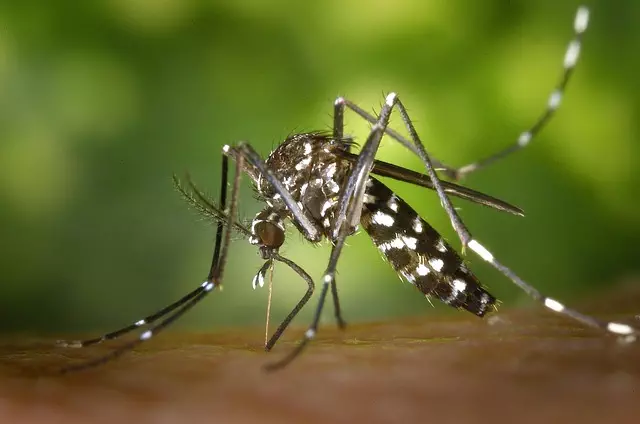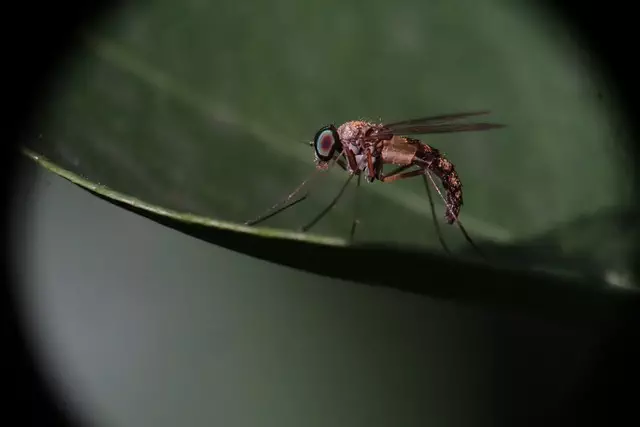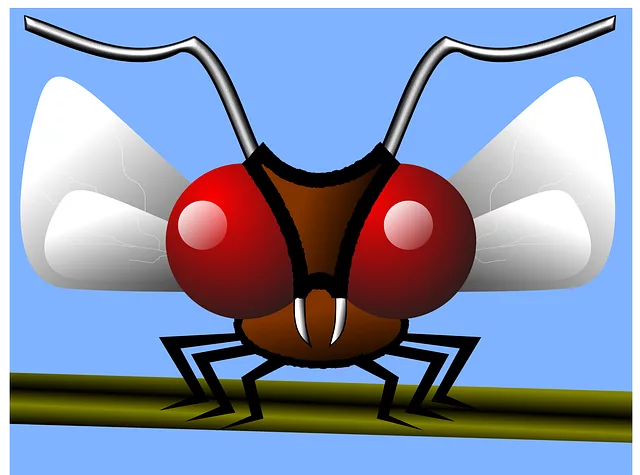Understanding mosquito breeding patterns is key to effective Mosquito Control. Standing water, like stagnant pools, birdbaths, and puddles, are ideal for breeding. Regularly emptying these sites can reduce mosquito populations significantly. Natural repellents and chemical insecticides offer control options, but Integrated Pest Management (IPM) provides a sustainable approach. Mosquito traps, community engagement, source reduction, and Integrated Mosquito Management (IMM) are effective strategies. Responsible handling of control products ensures safety and environmental protection.
Mosquitoes are a persistent nuisance, but they also pose significant health risks. Effective mosquito breeding control is key to reducing their population and mitigating diseases they carry. This comprehensive guide explores various strategies from understanding breeding patterns and identifying sites to natural repellents, chemical methods, traps, community efforts, preventative measures, and safety precautions. Implement these tactics for robust mosquito control in your environment.
Understanding Mosquito Breeding Patterns

Understanding Mosquito Breeding Patterns is a key step in effective Mosquito Control. These insects breed in standing water, so identifying and eliminating potential breeding sites is crucial. Common areas include stagnant pools, birdbaths, discarded tires, and even small puddles that remain for more than a week. By regularly checking and emptying such habitats around your property, you can significantly reduce the mosquito population.
Mosquitoes often prefer certain types of water bodies—shallow, warm, and still—which makes them more active and numerous during specific times of the year or in particular climatic conditions. Knowing these patterns helps in planning preventive measures. For instance, during wet seasons or after heavy rainfall, it’s essential to be extra vigilant as mosquitoes thrive in such conditions. Regular maintenance of drainage systems and ensuring proper water flow can further mitigate their presence.
Identifying Breeding Sites Around Your Home

Mosquito breeding sites can often be found right around your home, in areas where standing water collects. These sites provide the perfect environment for mosquitoes to lay their eggs and breed. Common places include flower pots, birdbaths, old tires, buckets, and even small puddles after rainfall. It’s important to regularly inspect your property and eliminate any sources of standing water to effectively practice mosquito control.
By being proactive in identifying and eliminating breeding sites, you can significantly reduce the mosquito population around your home. This simple step is one of the most effective ways to combat mosquito-borne diseases and ensure a more comfortable outdoor experience.
Natural Repellents and Their Effectiveness

Natural repellents have gained popularity as an eco-friendly approach to mosquito control. Certain plants, essential oils, and even certain foods contain compounds that can deter mosquitoes from biting. For instance, citronella, a common ingredient in candles and sprays, has been shown to provide some protection against mosquito bites when applied topically. Similarly, neem oil, derived from the neem tree, is known for its insecticidal properties and can be effective in repelling mosquitoes naturally.
The effectiveness of these natural methods varies. While they may offer a certain level of protection, their durability is often shorter than synthetic repellents. Environmental factors like rain or sweating can reduce their potency. Nonetheless, incorporating natural repellents into your outdoor routine can be a healthier and more sustainable option for mosquito control, especially around homes, gardens, and during outdoor activities.
Chemical Control Methods for Mosquitoes

Chemical control methods have long been employed in mosquito control programs, offering a swift and effective solution to curb mosquito populations. These strategies involve the strategic application of insecticides, which can be in the form of aerosols, liquids, or tablets designed to target mosquito larvae and adults. Common chemicals used include organophosphates, pyrethroids, and carbamates, known for their quick knockdown and long-lasting effects.
While chemical control is an established strategy, it’s essential to note that overuse can lead to environmental and health concerns. Mosquitoes have developed resistance to some chemicals over time, necessitating the need for integrated pest management (IPM) approaches. IPM combines various methods, ensuring a more sustainable and environmentally friendly mosquito control strategy.
The Role of Mosquito Traps in Breeding Control

Mosquito traps play a pivotal role in mosquito control strategies, offering a targeted and effective approach to breeding control. These innovative devices are designed to attract, capture, and eliminate mosquitoes at their source, breaking the breeding cycle. By luring mosquitoes with various tactics such as CO2 emissions, heat, or specific scents, traps effectively reduce mosquito populations in treated areas.
In regions plagued by mosquito-borne diseases, implementing mosquito control measures is crucial for public health. Mosquito traps not only help in reducing the overall mosquito population but also serve as monitoring tools, providing insights into the types and density of mosquitoes present in an area. This data guides targeted interventions, ensuring that control efforts are focused on the most problematic species and habitats.
Community-Based Strategies for Mosquito Management

Community-based strategies play a vital role in effective mosquito control, empowering folks to take ownership of their surroundings. This involves simple yet powerful actions like eliminating standing water, which is a crucial breeding ground for mosquitoes. Residents can regularly inspect and empty containers, pots, and buckets around their homes, gardens, and public spaces. By adopting this practice, they can significantly reduce the risk of mosquito proliferation.
Moreover, community engagement fosters a culture of vigilance. Educating residents about the life cycle of mosquitoes and the importance of early intervention is key. Encouraging neighbors to collaborate in monitoring and reporting mosquito-related issues creates a robust network for timely action. This collective effort not only enhances mosquito control but also ensures a healthier, more livable environment for everyone.
Long-Term Solutions: Preventative Measures

Implementing long-term mosquito control strategies involves taking a proactive approach to prevention, which is key to managing and reducing mosquito breeding populations effectively. This includes focusing on source reduction, where the primary habitats for larvae are eliminated or treated. Common preventative measures include maintaining proper drainage systems, eliminating standing water in containers like buckets, flower pots, and old tires, and treating bodies of water that cannot be drained. Regular inspection and maintenance of these areas can significantly hinder mosquito breeding grounds.
Additionally, adopting integrated mosquito management (IMM) practices combines various control methods to create a balanced and sustainable approach. This involves using biological controls like introducing natural predators or parasites, applying environmentally friendly insecticides targeted at specific sites, and employing behavioral modifications such as promoting the use of mosquito-resistant plants and proper window screens. By integrating these measures, communities can achieve more substantial and lasting results in mosquito control, ensuring a safer and more comfortable living environment for residents.
Safety Precautions When Handling Mosquito Control Products

When handling mosquito control products, safety precautions are paramount. Always wear protective gear, including gloves, long sleeves, and eye protection, to minimize direct contact with chemicals. Ensure proper ventilation in areas where these products are used to avoid inhalation of fumes. Keep all products out of reach of children and pets to prevent accidental exposure.
Follow the manufacturer’s instructions carefully for safe application. Store mosquito control products in a secure, labeled container, away from food sources and other household items. Be mindful of water sources as many products can be harmful to aquatic life if not used responsibly. Proper disposal methods should also be employed to ensure environmental safety and prevent contamination.
